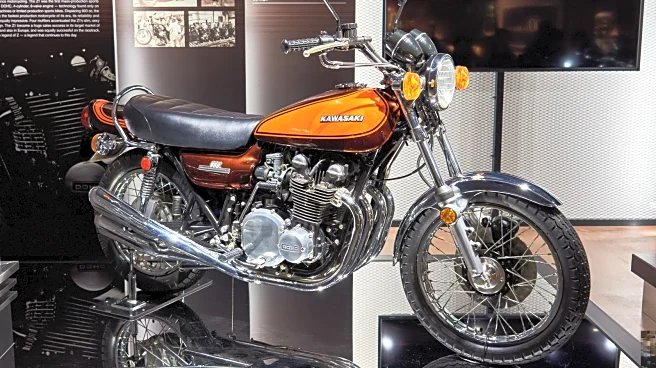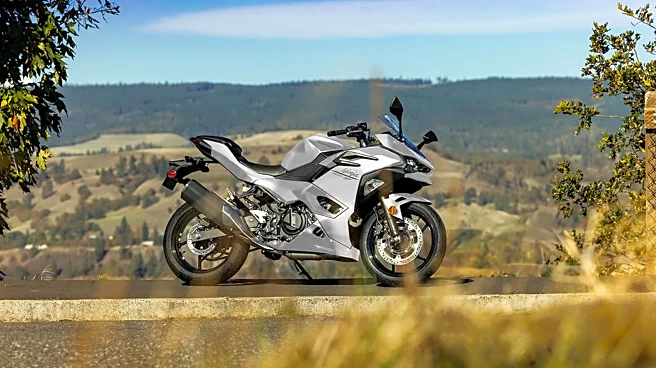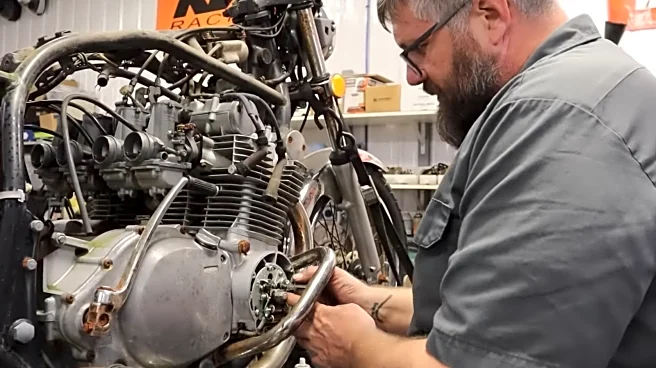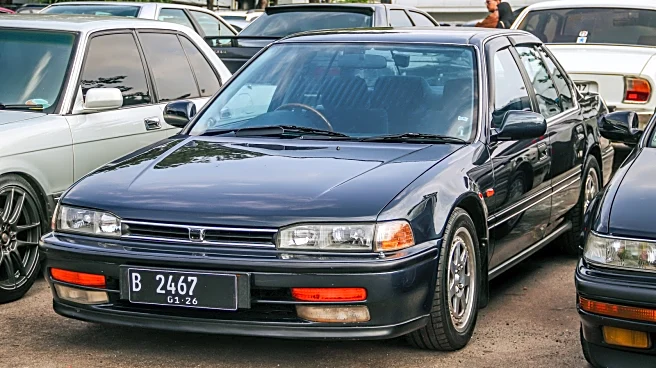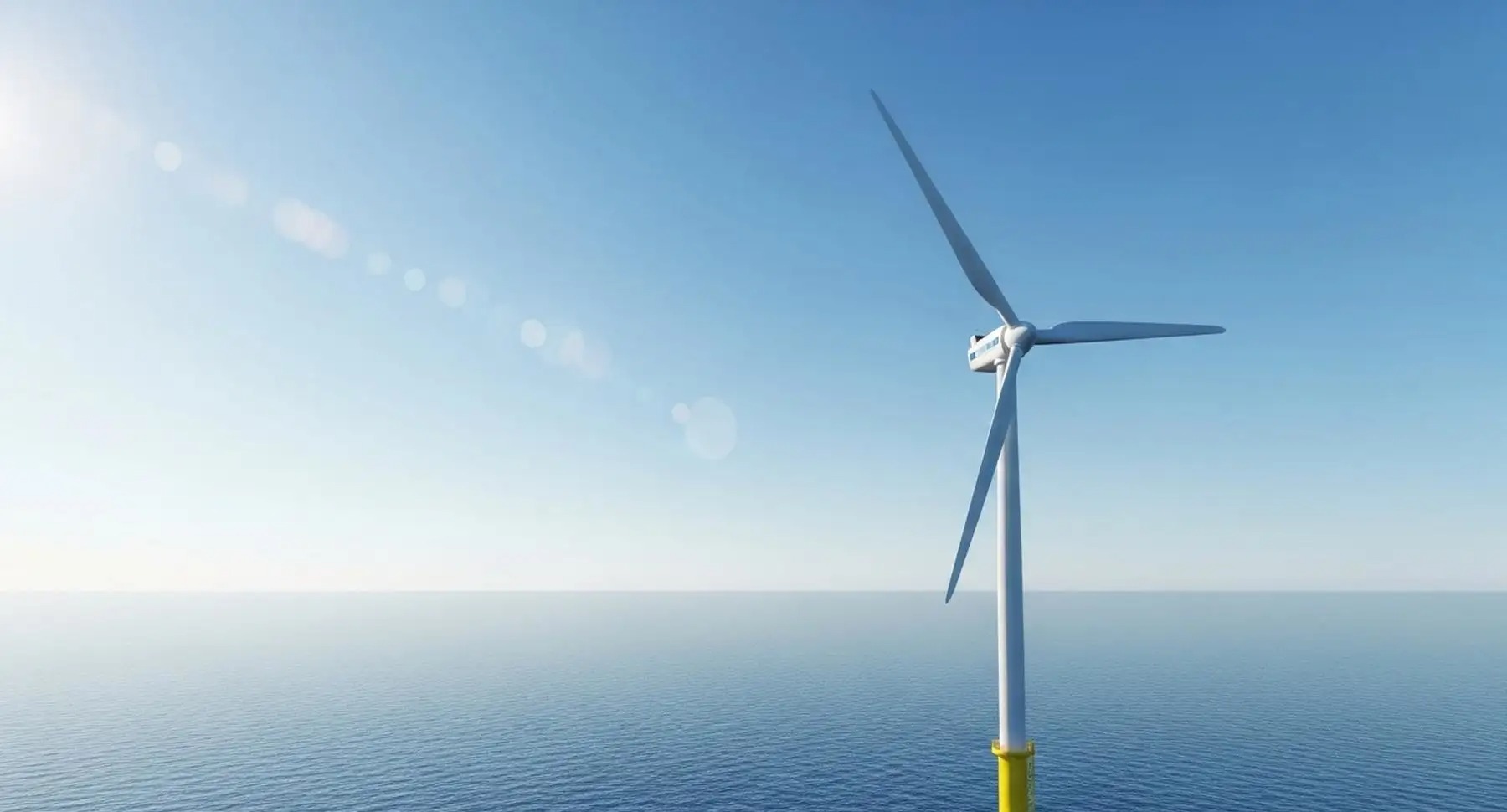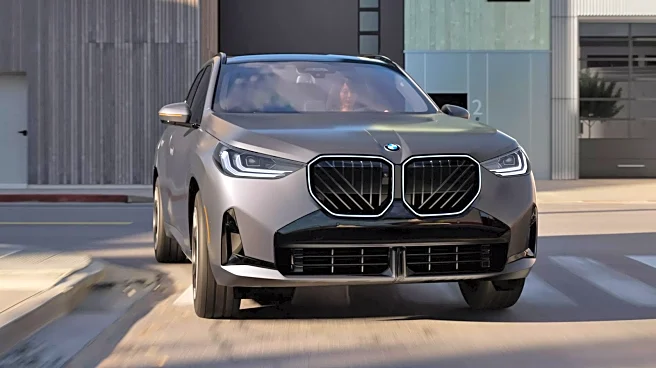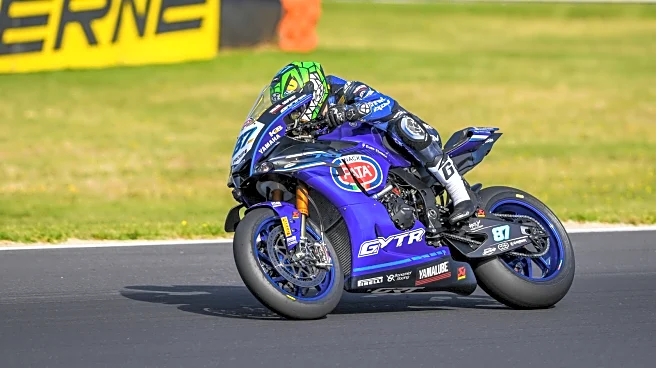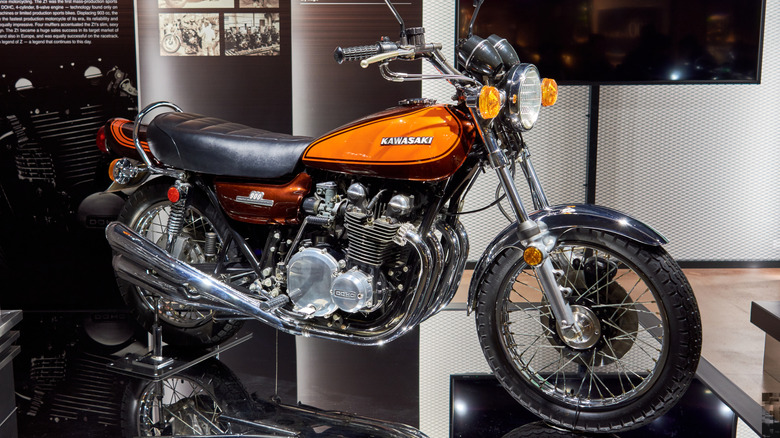
When first unveiled at the Cologne Motor Show in 1972, the Kawasaki Z1 900 set the motorcycling world aflame with its sophisticated delivery of unmatched acceleration, speed, and looks. The Z1 rapidly became a best-seller in the U.S., Europe, and Australia, with many traffic police adopting it as their pursuit vehicle of choice. Four years earlier, the Honda CB750 had set the benchmark for large-capacity, four-cylinder Japanese motorcycles — but with its 903cc Z1, Kawasaki engendered a whole new
class: the superbike.
With a top speed of more than 130 mph, the Z1 was the fastest production motorcycle of its day. Praised by motorcycling journalists and desired by riders, the Z1 smashed 45 records on debut, including a world speed and endurance record after averaging more than 109 mph in a 24-hour period at Daytona in 1973. One of the fastest motorcycles from the 1970s, the Z1 stayed streets ahead of its Japanese rivals until Suzuki took the crown with its four-valve-per-cylinder GSX1100E in 1980.
The Z1's influence on Japanese motorcycle makers endured long after its top-dog status was lost. It became the go-to platform for drag bikes for years to come, with its roller-bearing crank providing bedrock stability for large-displacement cylinders producing rapid-fire, twin-cam power. In fact, Kawasaki deemed its double-overhead camshaft design worthy of emblazoning the acronym "DOHC" across the ignition points cover. Its engine architecture reappeared in 1981, with the Kawasaki GPZ1100, and continued to engender bikes including the Zephyr and Z750 well into the 1990s.
Read more: Every Motorcycle Keanu Reeves Owns In His Stunning Collection
The Z1 Ushered In The Universal Japanese Motorcycle
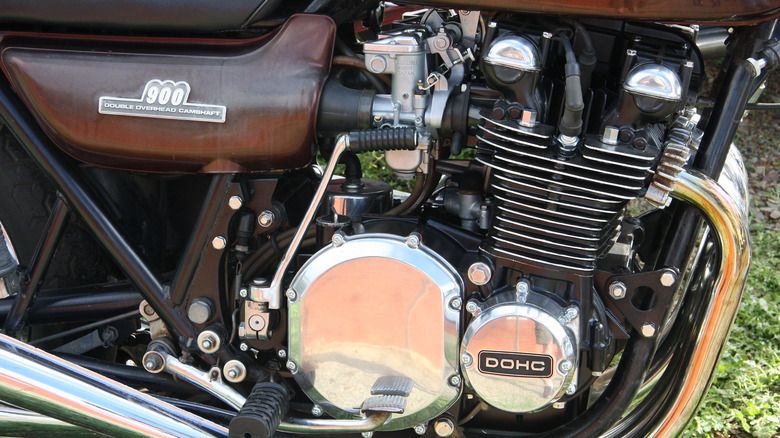
With its distinctive four-into-four chrome pipes, burnt-orange-and-cola duco, and menacing speed, the Kawasaki Z1 seared itself into the public consciousness as the granddaddy of Japanese superbikes. While motorcycling enthusiasts had already seen twin cams, disc brakes, and transversely mounted fours, it was the way Kawasaki seamlessly integrated these technologies that set the Z1 apart from the pack. Its across-the-frame, air-cooled, in-line-four build -- which the Z1 shared with the older and less powerful Honda CB750 — proved enormously popular, and kickstarted what became known as 'the Universal Japanese Motorcycle' (UJM).
Coined by Cycle World magazine in 1976, the term referred to an outpouring of similarly styled motorcycles from Japan's Big Four. A UJM is typically an inexpensive, practical bike from Honda, Suzuki, Yamaha, or Kawasaki, with a reliable, in-line engine, an upright riding position, and minimal bodywork. Its "universality" refers not only to its ubiquity, but its appeal. Many contemporary Japanese motorcycles -- including those with more high-tech, liquid-cooled engines -- also come under the UJM umbrella. Some, like Honda's CB1000R and Yamaha's XSR900, pay homage to their formative years, as does the Z900RS, one of the best-sounding bikes Kawasaki ever built.
Cross-pollination is evident everywhere in Japanese motorcycle design, and the Z1 is no different. It came into being as a direct result of, and in answer to, Honda's unveiling of its CB750. Kawasaki, which had been working on its own 750, resolved to build a bike that was a cut above the Honda in engine size, speed, and sophistication.
The Heart Of A Japanese Superbike
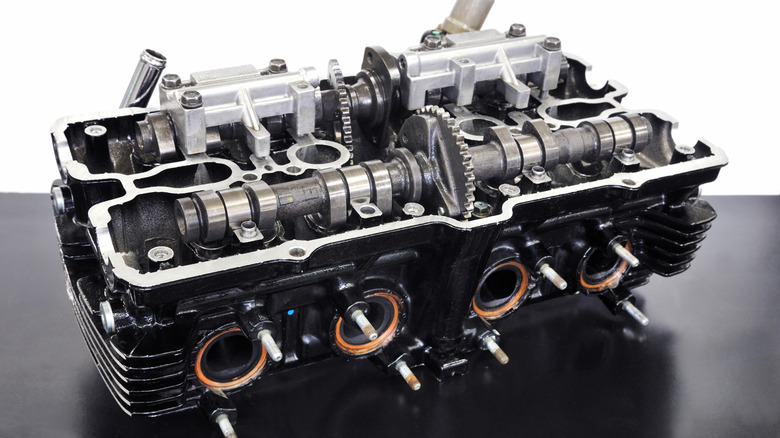
With the Z1 project, codenamed 'New York Steak', Kawasaki's dream came to fruition, powered by a prototype engine that upped the ante to 903cc. It was a bold move at a time when Kawasaki was mostly building noisy, smoky two-strokes like the dangerously fast H2 Mach IV, also known as the Widowmaker. But back in 1963, Kawasaki had wisely bought a company called Meguro, and its wealth of four-stroke knowledge resulted in the air-cooled, in-line four engine that would beat Honda's best.
The Z1's two chain-driven camshafts outpaced Honda's single cam at high revs, reliably opening and closing two valves per cylinder to produce 82 hp at 8500 rpm, thrusting the 750-pound beast over the 130 mph mark. After its release in 1973, the Z1 won a swag of awards, including Motorcycle News Machine of the Year for four years running. The in-line four format, pioneered by Kawasaki and Honda, proved time and again that it had the skills to pay the bills. Unlike a V-twin or boxer engine, it requires only one cylinder head, significantly reducing production costs, while its high-revving power makes it a go-to for MotoGP and superbike engines.
Kawasaki chose the "Z" prefix -- the last letter of the Latin alphabet -- to represent a pinnacle of achievement, with each bike bearing the Z identifier aimed at providing an ultimate riding experience. Indisputably, Kawasaki got it right with the Z1, a heavyweight of motorcycling history that influences the development of the Big Four bikes to this day.
Want the latest in tech and auto trends? Subscribe to our free newsletter for the latest headlines, expert guides, and how-to tips, one email at a time.
Read the original article on SlashGear.
